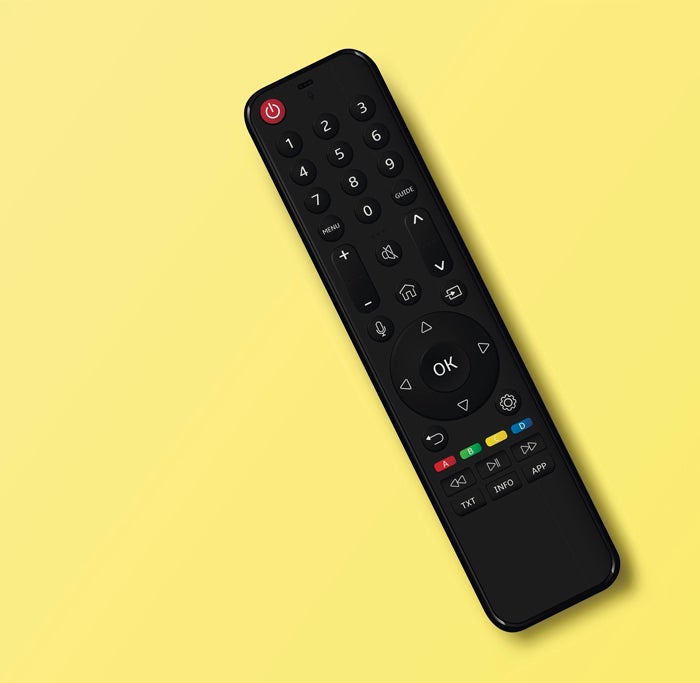Nielsen wants to regain its reputation as a fully accredited TV measurement service.
On Wednesday, Nielsen notched a bit closer to that goal with its announcement of Media Rating Council accreditation for its Big Data + Panel measurement solution, which includes its legacy panels and bigger data sets. The solution is part of Nielsen’s cross-platform measurement service, Nielsen ONE.
This offering will be Nielsen’s endorsed currency for this year’s upfront season, although its legacy panels alone will still be available to buyers who ask for it.
Nielsen’s measurement roadmap
Nielsen has come a long way since it was accused by programmers of undercounting audiences during the pandemic and then lost its MRC accreditation for national and local ratings in 2021.
Since then, Nielsen has been incorporating more advanced TV viewing data into its measurement platform in response to demands from both buyers and sellers for more detailed ad measurement.
In April, Nielsen regained accreditation for national TV ratings and in November it earned accreditation for integrating first-party streaming data into its panels. It still lacks accreditation for local ratings.
The newly accredited Big Data + Panel tool is a milestone, CEO Karthik Rao said in a statement. It “gives the industry the most accurate measurement in the history of TV,” he said, by pulling data from 75 million smart TVs and set top boxes in more than 45 million homes.
Beyond its legacy audience panels, Nielsen gets viewership data through partnerships with programming distributors including Vizio, Roku and DirecTV.
Currency conniptions
In other words, Nielsen hopes it can maintain its video currency crown despite three fervent competitors – Comscore, iSpot and VideoAmp – trying relentlessly to dethrone the TV ratings incumbent.
Nielsen alternative measurement providers spent the past couple of years inking partnerships and building competitive differentiators to capitalize on feelings of frustration against Nielsen.
But despite growing incrementally each year in terms of upfront commitments, they’re still not poaching a substantial enough market share from Nielsen.
Buyers and sellers have been relying on Nielsen’s numbers to justify ad investments for decades, and old habits die hard – especially when Nielsen is consistently adding fancier, more complex data sets to Nielsen ONE.
Which isn’t to say that Nielsen’s competitors don’t stand a chance. Some of them offer things Nielsen lacks going into the upcoming upfront season.
Comscore, for example, has MRC accreditation for local TV ratings (in addition to national), which Nielsen currently doesn’t. Nielsen separates its national and local products, and since Nielsen prioritizes national, it put that ratings product through MRC audits first. Comscore, on the other hand, will get to trumpet its accreditation for both local and national ratings to buyers during upfronts.
VideoAmp is also capitalizing on a relationship with perhaps the only broadcaster that doesn’t have a live Nielsen contract. Paramount allowed its contract with Nielsen expire in October, citing unsustainably high costs as one reason why it’s leaning on VideoAmp.
VideoAmp recently announced that it guaranteed $3 billion in video currency as of the end of 2024.
In terms of where buyers invest their dollars for the upcoming broadcast year, however, we’ll have to wait and see how upfront negotiations shake out in a few months.











